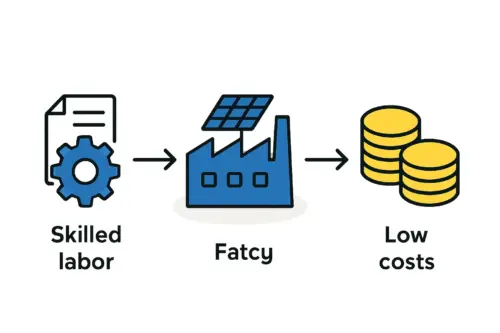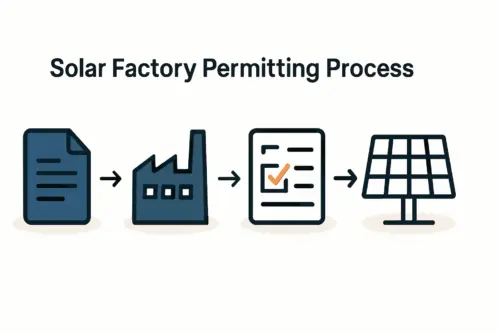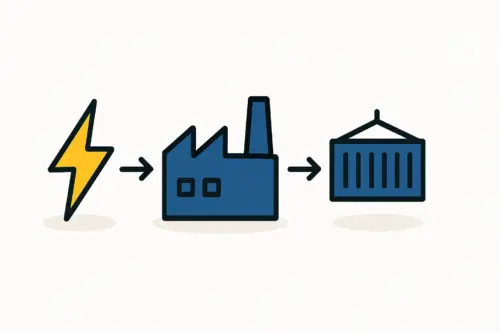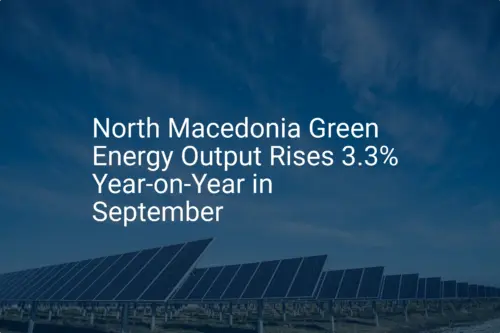Investors considering a new solar module factory in North Macedonia are often drawn to its strategic location, skilled labor, and favorable investment climate. However, the operation’s long-term success hinges on a less visible factor: the supply chain.
Securing reliable, cost-effective routes for raw materials is as critical as the manufacturing process itself. The key question is not just what materials are needed, but from where they can be sourced and how they will arrive.
This analysis offers a strategic overview of the supply chain for a solar module factory in North Macedonia, examining the primary logistical routes for importing essential components and evaluating opportunities for sourcing materials locally or regionally. This guide is intended to help entrepreneurs and business leaders make informed decisions as they plan their manufacturing venture.
Understanding the Bill of Materials
Before mapping out the supply chain, it’s essential to understand the core components of a modern solar module. While dozens of materials are involved, the primary inputs by value and volume are:
- Solar Cells: The most critical and highest-value component, converting sunlight into electricity.
- Solar Glass: Specially tempered, low-iron glass used for the front surface.
- Encapsulant (EVA/POE): Polymer sheets that laminate the cells and protect them from moisture and impact.
- Backsheet: A durable polymer-based layer that protects the rear of the module.
- Aluminum Frame: Provides structural rigidity and a means for mounting the panel.
- Junction Box: An enclosure on the back of the panel containing diodes and connection cables.
The sourcing strategy for each of these materials will differ based on global availability, cost, and logistical feasibility. A successful manufacturer typically uses a hybrid model, balancing global imports with local and regional procurement.
Analyzing Global Import Routes for Core Components
Certain high-tech components, particularly solar cells, are manufactured predominantly in East and Southeast Asia. This means any solar module factory in North Macedonia must establish a robust import corridor from this region.
The Maritime Gateway to the Balkans
For bulk materials like solar cells, glass, and polymer rolls, sea freight is the only economically viable option. As a landlocked country, North Macedonia relies on major ports in neighboring nations. The primary maritime gateways for goods destined for Skopje and other industrial centers are:
-
Port of Thessaloniki, Greece: Often the most direct and efficient route, this is one of the largest ports in the Aegean Sea and has well-established road and rail connections into North Macedonia. The relatively short overland transit makes it a preferred entry point.
-
Port of Piraeus, Greece: As one of the largest ports in the Mediterranean, Piraeus offers extensive global shipping connections. While the overland journey to North Macedonia is longer than from Thessaloniki, its capacity and frequent vessel calls can sometimes offer more flexible shipping schedules.
-
Port of Durrës, Albania: Located on the Adriatic Sea, this port provides an alternative route, particularly for industries in the western part of North Macedonia. Ongoing infrastructure developments are steadily improving its viability as a logistical hub for the region.
Ready to make big Profits?
The solar Industry is Booming
WE HELP NEWCOMERS to the solar industry start their own solar module production line. Customers can make BIG PROFITS by selling modules and finding investors, without wasting money and time on things they don't need!
From these ports, materials are transported overland by truck or rail. A typical 40-foot container of solar cells can supply a small-to-medium-sized factory for several days of production, which makes the efficiency of customs clearance and inland transport a critical operational factor. Based on J.v.G.’s experience with turnkey projects, a reliable logistics partner who understands cross-border procedures in the Balkan region is paramount.

Evaluating Local and Regional Sourcing Opportunities
While importing core components is essential, leveraging local and regional suppliers for other materials provides a powerful competitive advantage. This strategy can significantly reduce logistics costs, shorten lead times, and increase supply chain resilience.
A Major Advantage: The Local Aluminum Industry
One of North Macedonia’s key industrial strengths is its well-developed aluminum extrusion sector. The country is home to several sophisticated manufacturers capable of producing high-quality extruded aluminum profiles that meet the precise specifications for solar module frames.

Companies like Alumil, with a significant industrial presence in the region, are examples of this existing capacity. By sourcing frames locally, a solar factory can:
- Reduce transportation costs: Eliminating the need to ship bulky, heavy frames from Asia or elsewhere in Europe.
- Lower inventory levels: Local suppliers can deliver on a just-in-time basis, freeing up working capital.
- Enhance product customization: Working directly with a local extruder allows for faster design changes and the development of custom profiles for specific module types.
This local capability transforms the aluminum frame from a logistical challenge into a strategic asset.
Regional Suppliers for Glass and Other Components
Specialized solar glass requires a large-scale, high-technology manufacturing process not commonly found in smaller markets. While local sourcing within North Macedonia is unlikely, excellent regional options exist. Turkey has emerged as a major producer of high-quality solar glass, and its proximity offers a significant logistical advantage over Asian suppliers. Truck freight from Turkey to North Macedonia is both fast and cost-effective.
For other components, such as junction boxes, cables, and connectors, manufacturers can look to established European suppliers, particularly in Germany and Italy. While the unit cost may be higher than Asian alternatives, the superior quality, reliability, and shorter lead times can often justify the investment, especially when establishing a reputation for high-performance modules. For a deeper look at the equipment involved, investors can explore guides on solar module manufacturing lines.
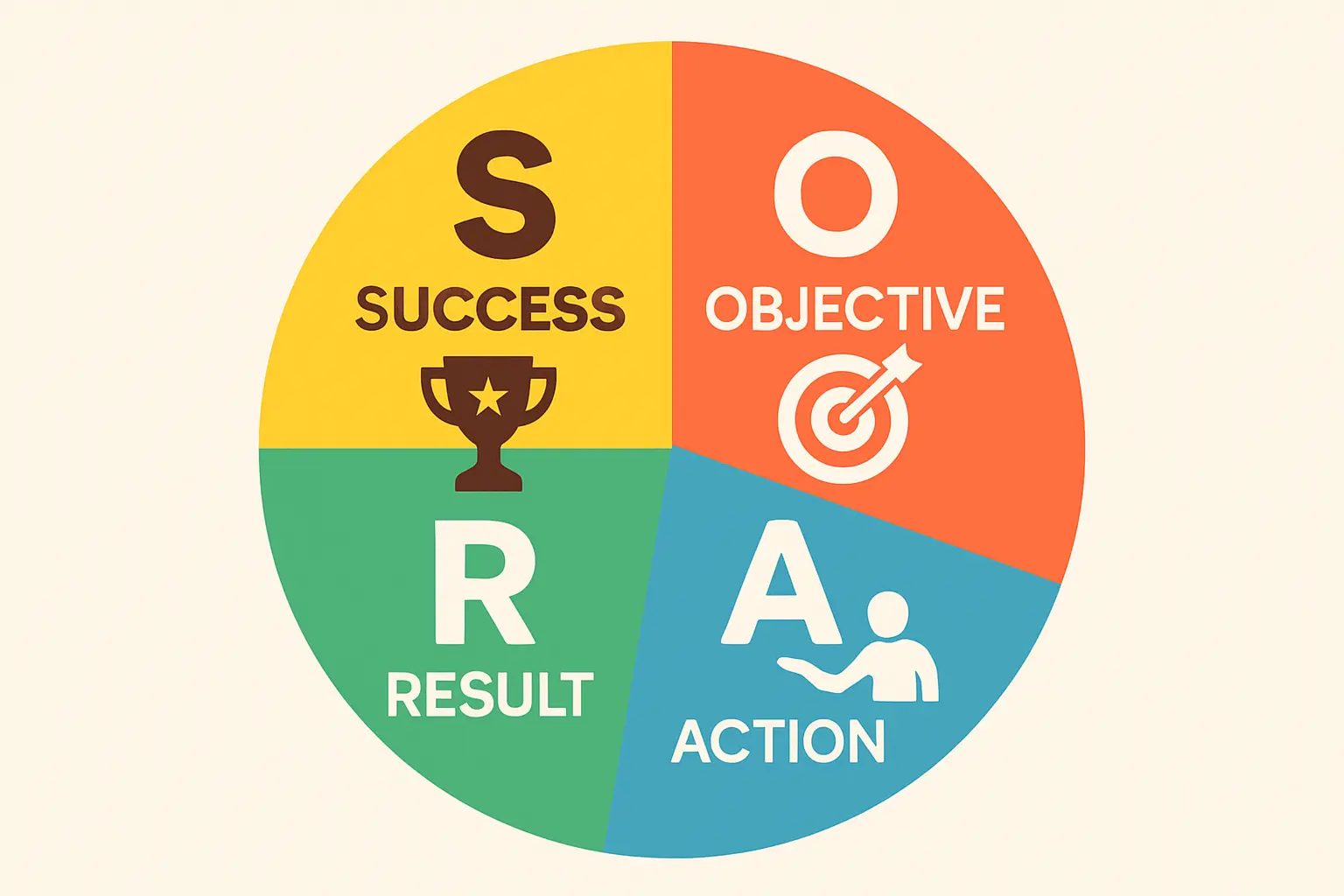
Frequently Asked Questions (FAQ)
What are the most critical components to import from Asia?
Solar cells are the single most critical import. The vast majority of global cell production is concentrated in China and Southeast Asia, and there are currently no viable alternatives for sourcing them at scale in or near the Balkan region.
Is it possible to source all raw materials locally or within Europe?
No, a 100% European or local sourcing strategy is not currently feasible, primarily due to the dependency on Asian-made solar cells. The optimal approach is a hybrid model: import what is necessary (cells) and source locally or regionally what is advantageous (frames, potentially glass, and some electrical components).
How do import duties and trade agreements affect sourcing?
North Macedonia is a member of the Central European Free Trade Agreement (CEFTA) and has a Stabilization and Association Agreement with the EU. These agreements can facilitate tariff-free or reduced-tariff trade with member countries and the EU, making regional sourcing from places like Turkey or EU member states more attractive. Consulting with a local customs expert is essential to understand the specific duties applicable to components from different origins.
What are the typical lead times for key materials?
- Sea Freight from Asia (e.g., Solar Cells): 4–6 weeks for shipping, plus 1–2 weeks for customs and inland transport. A total lead time of 6–8 weeks is a reasonable estimate.
- Truck Freight from Turkey (e.g., Solar Glass): 3–5 days.
- Local Sourcing (e.g., Aluminum Frames): 1–2 weeks, depending on the supplier’s production schedule.
The Path Forward: Building a Resilient Supply Chain
For an entrepreneur entering the solar industry, understanding the flow of materials is foundational to a viable business plan. The logistical map for a factory in North Macedonia reveals a clear strategy: secure a reliable import channel through Greek or Albanian ports for high-value solar cells, while aggressively pursuing local partnerships for aluminum frames to create a distinct competitive edge.
This hybrid approach mitigates risks associated with long-distance shipping and global market volatility. It transforms the supply chain from a potential vulnerability into a source of operational strength and efficiency. As investors evaluate the project’s financial scope, a clear understanding of these logistical costs is vital for defining the total investment requirements for a solar factory.


